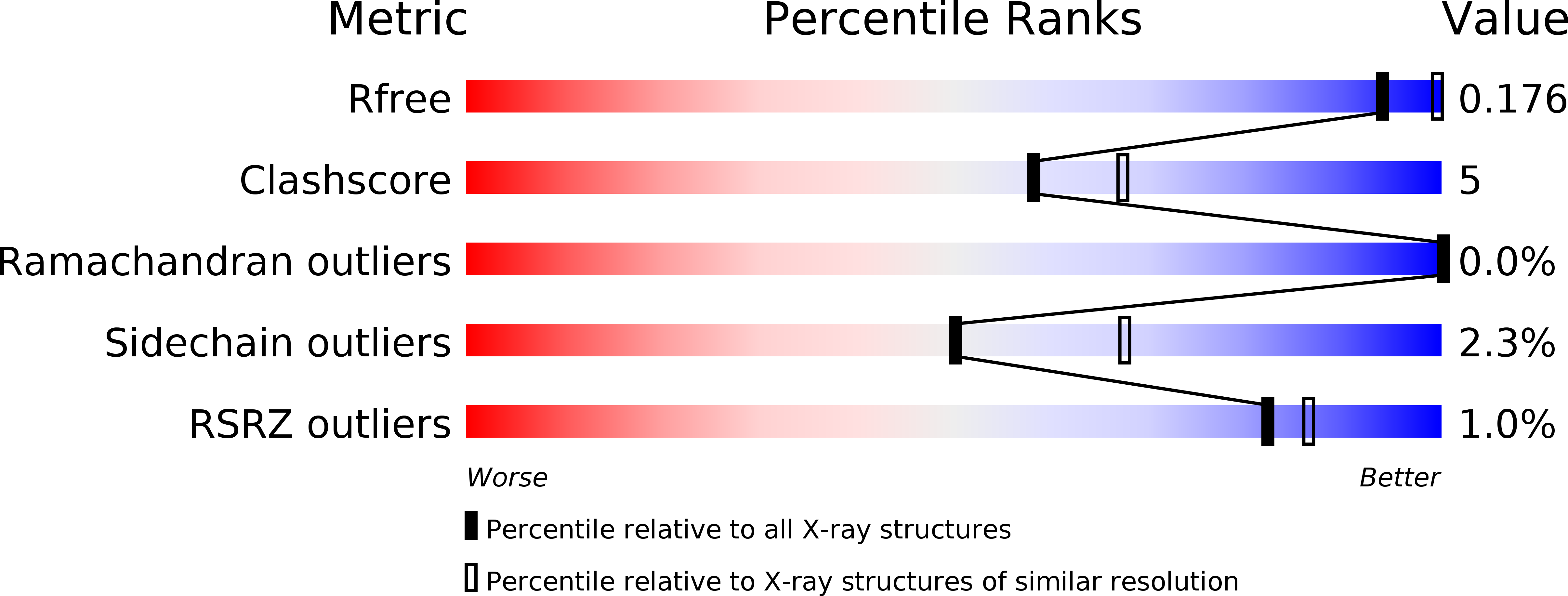
Deposition Date
2007-07-13
Release Date
2007-08-07
Last Version Date
2023-12-13
Entry Detail
PDB ID:
2V68
Keywords:
Title:
Crystal structure of Chlamydomonas reinhardtii Rubisco with large- subunit mutations V331A, T342I
Biological Source:
Source Organism:
CHLAMYDOMONAS REINHARDTII (Taxon ID: 3055)
Host Organism:
Method Details:
Experimental Method:
Resolution:
2.30 Å
R-Value Free:
0.20
R-Value Work:
0.17
R-Value Observed:
0.17
Space Group:
P 1 21 1


